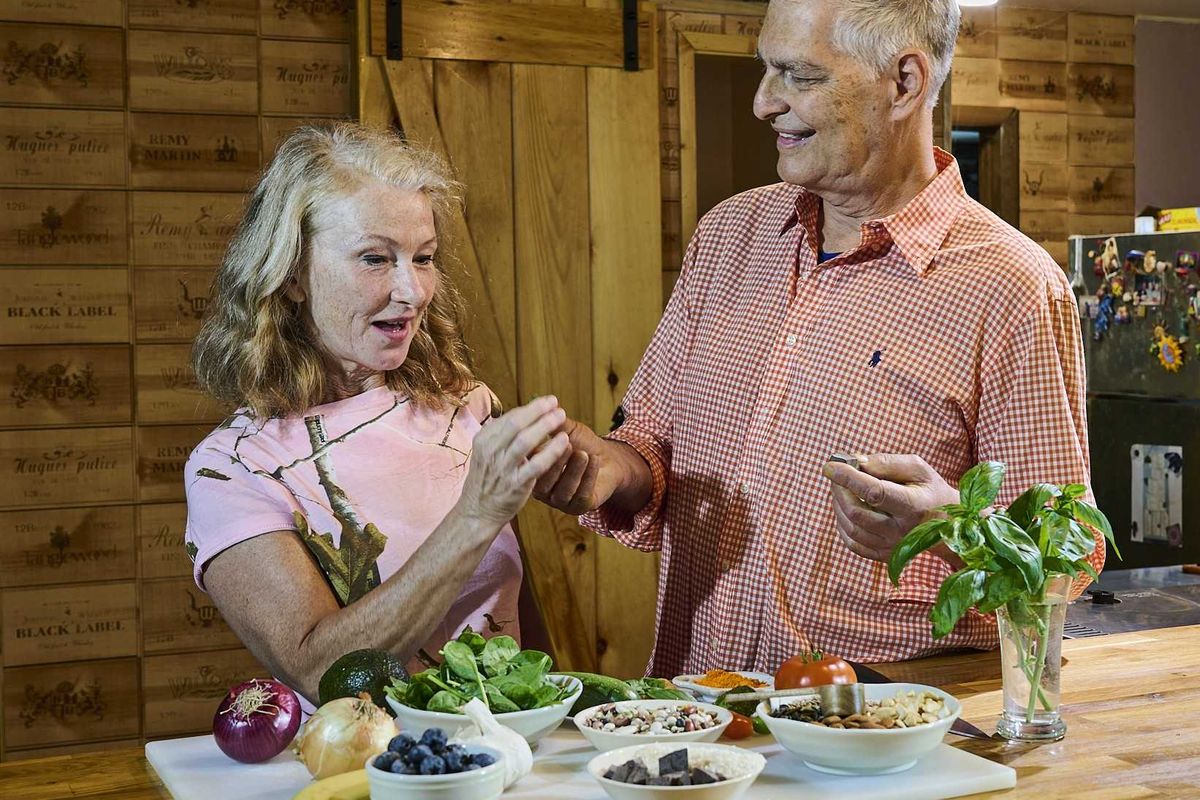If you or someone you know is experiencing a mental health crisis or emotional distress, help is available. You are not alone.
- In the U.S., you can call or text 988 to reach the 988 Suicide & Crisis Lifeline, available 24/7 for free, confidential support.
- For non-emergency support, consider speaking with a mental health professional, your primary care provider, or a trusted support network.
- If you are in immediate danger or need urgent medical help, please call 911 or go to the nearest emergency room.
Taking the first step to seek help can be difficult, but it’s an important and courageous act toward healing and recovery.
Mental Health Awareness Month, observed every May in the United States, plays a vital role in challenging stigma, promoting mental wellness, and encouraging people to seek help without shame or fear. In a time when mental health issues are increasingly prevalent across all demographics, this month serves as a crucial catalyst for public education and policy change. Here’s why it remains an essential observance.
1. Rising Prevalence of Mental Health Disorders
Mental health conditions affect a significant portion of the population. According to the National Alliance on Mental Illness (NAMI), 1 in 5 U.S. adults experiences mental illness each year (NAMI, 2023). Among youth aged 6–17, 1 in 6 experiences a mental health disorder annually. Despite these statistics, many individuals do not receive the help they need. The Substance Abuse and Mental Health Services Administration (SAMHSA) reported in 2022 that over 57% of adults with a mental illness did not receive mental health services in the previous year (SAMHSA, 2022).
Mental Health Awareness Month shines a light on these numbers and pushes the conversation into mainstream dialogue, making it easier for people to acknowledge their struggles and seek support.
2. Combatting Stigma
Stigma is one of the main barriers to seeking mental health treatment. It can lead to shame, isolation, and even discrimination in the workplace, healthcare system, or within families. A 2021 report by the American Psychological Association indicated that nearly half of adults with mental health issues reported stigma as a major reason for not seeking care (APA, 2021).
Awareness campaigns help dismantle these harmful perceptions by sharing real stories, educating the public, and fostering empathy. Through visibility and open discussion, Mental Health Awareness Month promotes a culture of acceptance and support.
3. Encouraging Early Intervention and Prevention
Many mental illnesses begin in adolescence or early adulthood. The National Institute of Mental Health (NIMH) reports that approximately 50% of all lifetime mental illness begins by age 14, and 75% by age 24 (NIMH, 2022). Early intervention can significantly reduce the impact of mental health conditions, but only if individuals and caregivers recognize the signs and know what steps to take.
Awareness campaigns during Mental Health Awareness Month promote resources, tools, and hotlines that can guide early action. They also emphasize the importance of routine mental wellness, just as we promote physical health maintenance.
4. Bridging the Gap in Access and Equity
Mental Health Awareness Month also draws attention to the disparities in mental healthcare access. People in marginalized communities—including racial and ethnic minorities, LGBTQ+ individuals, and those living in poverty—often face greater challenges accessing quality mental healthcare. These challenges include systemic bias, lack of culturally competent providers, language barriers, and economic hurdles (Mental Health America, 2023).
By elevating these issues, the observance helps advocate for policy changes and more inclusive services. The goal is to ensure everyone, regardless of background, can access the mental health care they need.
5. Workplace and School Engagement
Mental health awareness has implications beyond the personal; it affects schools, workplaces, and communities. Lost productivity due to mental health conditions costs the global economy an estimated $1 trillion each year (World Health Organization, 2022). Schools are also grappling with growing mental health needs among students, exacerbated by the COVID-19 pandemic.
Mental Health Awareness Month provides an opportunity for organizations to launch mental health initiatives, provide employee resources, and support youth programs, all of which help build more resilient and compassionate communities.
Mental Health Awareness Month is not a symbolic gesture—it’s a vital part of a public health effort to educate, support, and ultimately transform how society understands and treats mental health. By continuing to elevate these conversations every May and beyond, we take meaningful steps toward a world where mental well-being is prioritized equally with physical health.
References
- American Psychological Association. (2021). Mental Health Stigma: What it is and how to cope. Retrieved from https://www.apa.org
- Mental Health America. (2023). 2023 State of Mental Health in America. Retrieved from https://www.mhanational.org
- National Alliance on Mental Illness (NAMI). (2023). Mental Health by the Numbers. Retrieved from https://www.nami.org
- National Institute of Mental Health (NIMH). (2022). Mental Illness. Retrieved from https://www.nimh.nih.gov
- Substance Abuse and Mental Health Services Administration (SAMHSA). (2022). Key Substance Use and Mental Health Indicators. Retrieved from https://www.samhsa.gov
- World Health Organization. (2022). Mental health and COVID-19: Early evidence of the pandemic’s impact. Retrieved from https://www.who.int









 Karla Mingo believes that her greatest gift as a cancer survivor is the ability to live with gratitude and thankfulness.
Karla Mingo believes that her greatest gift as a cancer survivor is the ability to live with gratitude and thankfulness.



